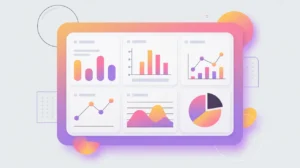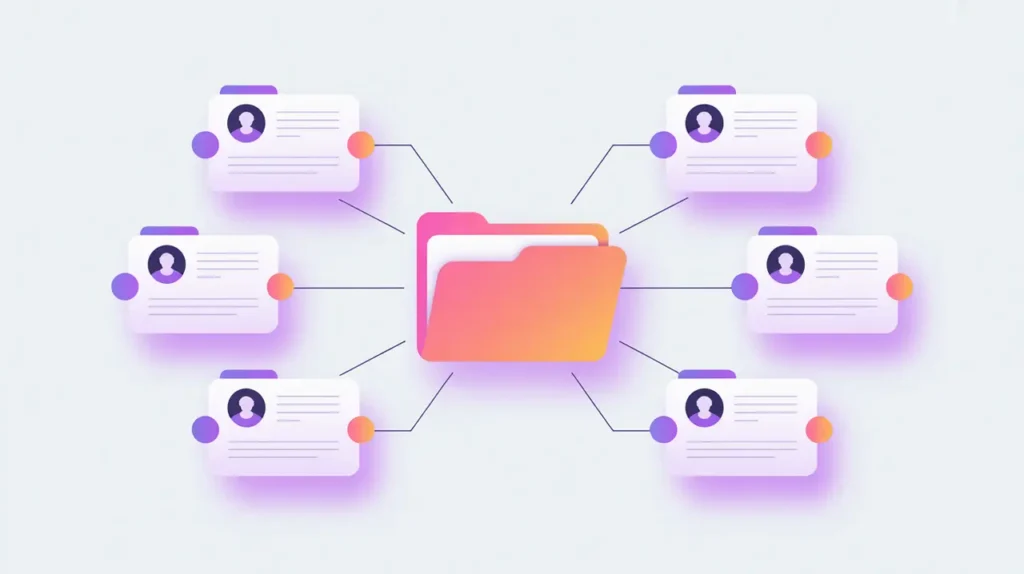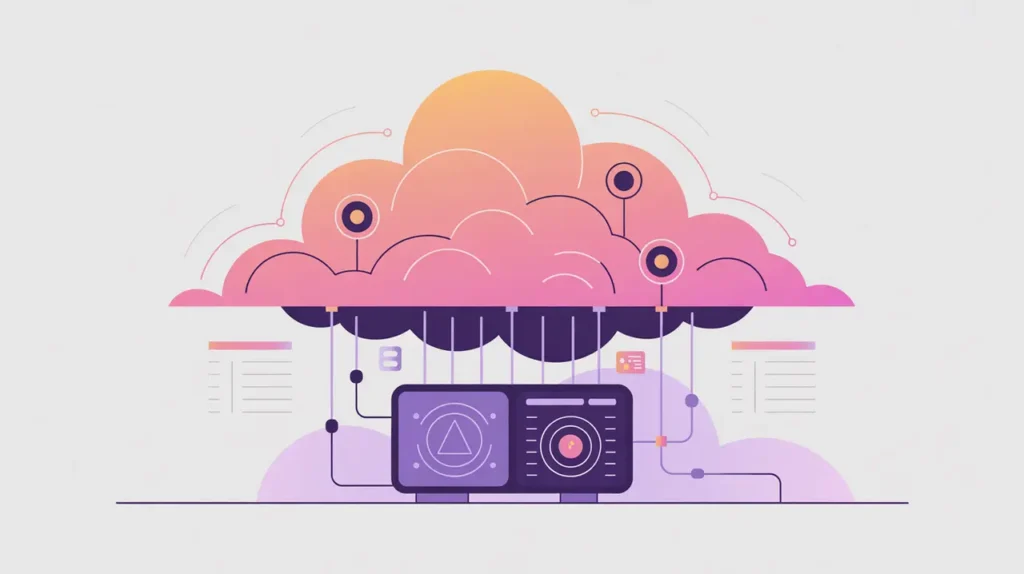Importance of Translation and Localization at Scale
Translation and Localization at Scale refers to the use of AI, automation, and specialized workflows to make content accessible across multiple languages and cultural contexts. Translation focuses on converting text or speech between languages, while localization adapts content to cultural, social, and technical nuances. Their importance today lies in ensuring inclusivity and accessibility for diverse global communities, especially as digital services expand across borders.
For social innovation and international development, translation and localization at scale matter because mission-driven organizations often serve multilingual populations. Delivering health, education, or humanitarian content in local languages builds trust, increases engagement, and improves outcomes.
Definition and Key Features
AI-driven tools like Google Translate, DeepL, and emerging LLM-powered translation models enable near-instant translation. Localization platforms, such as Smartling or Transifex, add workflows for managing terminology, cultural adaptation, and context review. At scale, these systems integrate with content management systems, apps, and communication platforms to automate updates and maintain consistency.
They are not the same as human-only translation, which is slower and harder to scale. Nor are they equivalent to transcription tools, which convert speech to text without language adaptation. Translation and localization at scale combine automation with human review to balance speed, accuracy, and cultural sensitivity.
How this Works in Practice
In practice, organizations deploy translation and localization pipelines to ensure digital content, like websites, mobile apps, reports, or SMS messages, reaches communities in their own languages. AI handles the bulk of the translation, while human reviewers refine outputs for accuracy and cultural fit. Automated workflows synchronize updates across platforms, so translated content remains current.
Challenges include ensuring accuracy for specialized domains (e.g., medical or legal language), managing dialect diversity, and avoiding loss of cultural nuance. Costs and capacity for human review remain significant at scale, requiring careful prioritization of critical content.
Implications for Social Innovators
Translation and localization at scale directly support mission-driven organizations. Health programs can deliver accurate health information in local languages, improving uptake of services. Education initiatives can provide multilingual learning materials, reaching students across diverse regions. Humanitarian agencies can translate crisis updates rapidly into multiple languages, ensuring inclusivity in emergencies. Civil society groups can expand advocacy campaigns globally by adapting messages for cultural resonance.
By combining AI-driven translation with thoughtful localization, organizations ensure that vital knowledge and services are accessible, inclusive, and culturally relevant.







